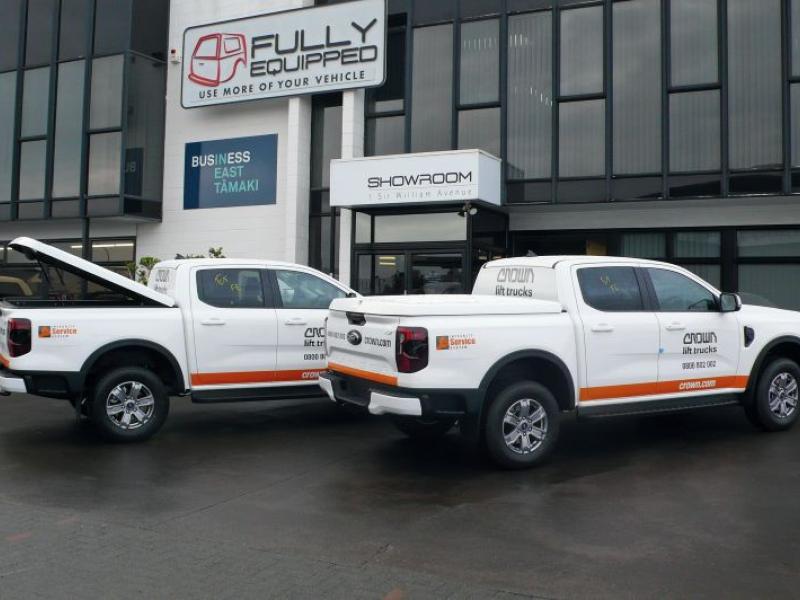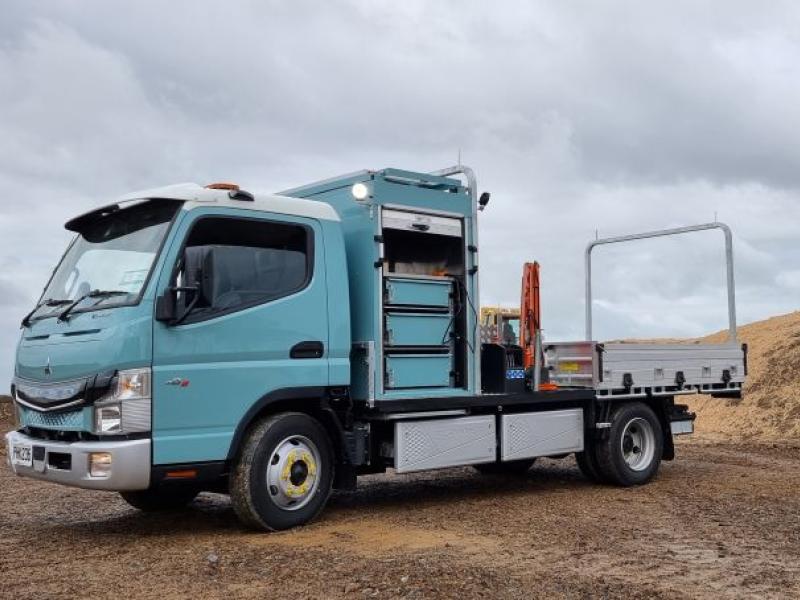| Despite its passenger vehicle sales being down by 28 percent for the 2009 calendar year Toyota NZ bucked the general industry trend of losing staff and dealerships. Unlike other motor vehicle distributors who suffered redundancies and lost franchise dealerships, Toyota NZ sales and operations manager Steve Prangnell says the Palmerston North based company didn’t lose one person and its entire retail network remains healthy and strong. Toyota New Zealand predicts that the local market will bounce back to around 75,000 new vehicles in 2010 and it sees petrol electric hybrids as a mainstream technology for the next decade and hopes to add eight more of these vehicles into its New Zealand passenger vehicle line up. Steve Prangnell says that while diesel is still perceived as being cheaper at the pump, it still has disadvantages for operators of passenger vehicles, such as the need to purchase road user charges (RUC) and that refilling diesel vehicles can be a less than pleasant process. According to Steve Prangnell diesel passenger vehicles accounted for only 11 percent of sales in 2009 and ironically the Toyota Corolla was the biggest selling diesel model in the New Zealand market. Prangnell says the Camry Hybrid offers all of the advantages of passenger diesel vehicles, such as stop/start technology, lower fuel consumption, and powerful mid range performance, without the need to purchase RUC. Toyota New Zealand says it has received unprecedented inquiry from corporate customers for the new Camry Hybrid and expects that 80 percent of its predicted 470 sales in 2010 will be to fleet customers. The company says that demand will be constricted by supply, but it predicts 750 sales in 2011 and 900 sales in 2012. Produced in the Altona plant near Melbourne, the Camry Hybrid is the fore runner of the mainstream hybrid models that Toyota intends to introduce locally. “It’s an intelligent business solution,” says Toyota NZ assistant marketing general manager Neeraj Lala. “We believe this car will provide customers with more flexibility.” “We think the car has a wide appeal to fleet buyers as well as some private customers who want the economy of a hybrid but don’t want a high profile vehicle such as the Toyota Prius.” Toyota NZ says that the Camry Hybrid offers the same economy as a Yaris Supermini with a combined figure of 6.0l/100km, but offers more performance, space, comfort and amenity than the smaller Toyota model. The company says that based on an annual distance of 14,000km travelled a Camry Hybrid would consume $1,750.00* of fuel in comparison to a conventional Camry 2.4 litre which would consume $2560.00* worth of fuel. On a thirty six month vehicle lease contract this would equate to a saving of $2430.00 in fuel and a reduction in C02 emissions of three to four tonnes. Two model variants will be offered to the New Zealand, a Camry Hybrid for $48,990.00 and more luxuriously appointed Camry Hybrid iTech for $54,990.00. Both Hybrid Camry models have a comprehensive safety package with front SRS airbags, front side airbags, full length curtain shield airbags, ABS with Brake Assist and Electronic Brake-force Distribution, Vehicle Stability Control, Traction Control, and for the first time in a Toyota model, Vehicle Dynamics Integrated Management. Also standard for both models is a smart entry and start system, 16” alloy wheels, leather steering wheel with audio and multi-information display controls, 3.5mm audio input jack, Bluetooth hands-free phone capability, reversing camera, dual zone climate control air conditioning and a unique meter design with a hybrid energy flow meter and drive information to promote more fuel efficient driving. The entry level model has fabric seats and a six disc MP3/WMA compatible CD changer with Bluetooth hands-free phone capability, 3.5mm audio input jack, USB connection, reversing camera and six speakers. Hybrid Camry i-Tech adds power operated leather seats, a premium audio system with four disc CD changer and eight speakers, a DVD based satellite navigation system with large display screen, automatic dimming rear view mirror, rear personal lights, power glass sunroof, rain-sensing windscreen wipers and a rear spoiler. Toyota says it dropped the luxuriously appointed Camry GLX from its petrol line-up because the numbers sold were relatively small and that it feels people who bought this particular variant are more likely to adopt the Camry Hybrid iTech as it’s replacement. |
Driving impressions on the media launch day left us impressed with the comfort and convenience of the Camry Hybrid. Like the Prius, the Hybrid Camry is almost a surreal driving experience, it’s just so quiet, particularly when the stop start system activates in urban traffic. The fuel consumption is also commendably low for mid-size sedan.
|






